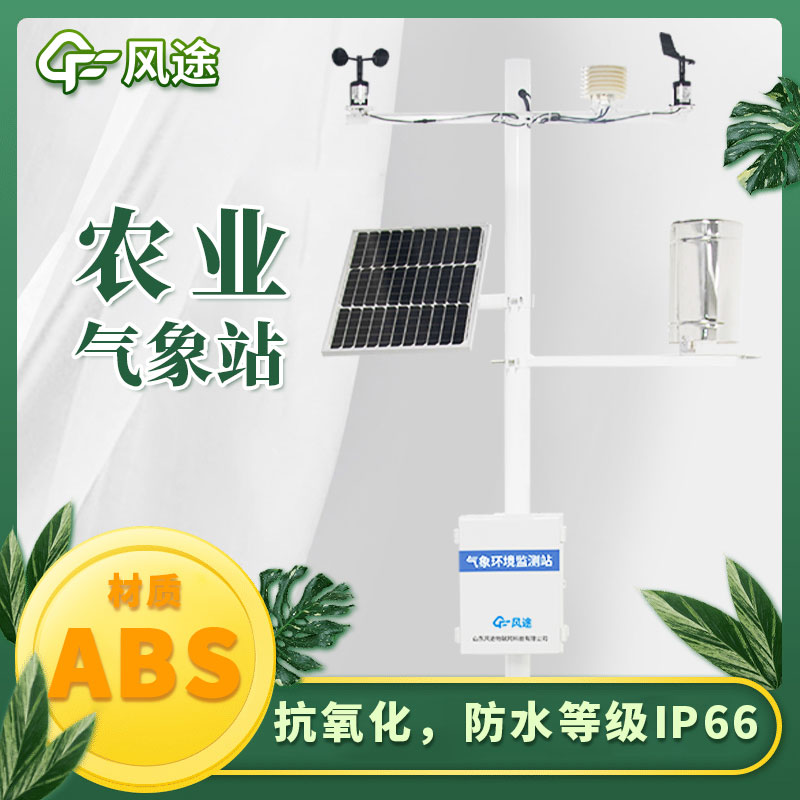Shandong Fengtu IOT Technology Co., Ltd
Sales Manager:Ms. Emily Wang
Cel,Whatsapp,Wechat:+86 15898932201
Email:info@fengtutec.com
Add:No. 155 Optoelectronic Industry Accelerator, Gaoxin District, Weifang, Shandong, China

Sales Manager:Ms. Emily Wang
Cel,Whatsapp,Wechat:+86 15898932201
Email:info@fengtutec.com
Add:No. 155 Optoelectronic Industry Accelerator, Gaoxin District, Weifang, Shandong, China
time:2023-03-03 17:23:25 source:Weather Station viewed:884 time
Field microclimate refers to a small local area, which is the most important environmental condition affecting crop growth and development and yield formation. By analyzing the distribution and characteristics of microclimate elements in farmland through field microclimate observation stations, we can find out measures to improve the environmental conditions for crop growth (i.e. farmland microclimate conditions), so that these microclimate conditions are favorable for crop growth and development, which is of great importance for improving crop yield and quality.
In traditional agricultural production, farmers can only rely on their own experience and general weather forecasts for planting and field management, and have limited access to information and their own knowledge reserves are not rich enough to meet the needs of modern agricultural production. Today, with the development of modern science and technology, field temperature, relative humidity, soil temperature and soil moisture are collected by field microclimate observatories and other devices, which help agricultural growers to recognize the climate change in the planting environment and make targeted adjustments to agriculture to promote better and healthier growth and development of crops, thereby improving yield and quality.
The field microclimate observatory, also known as a small automatic weather station, is capable of monitoring meteorological elements such as wind direction, wind speed, rainfall, temperature, relative humidity, soil temperature and soil moisture, which can provide data reference for farmers to sow seeds, apply medicine, fertilizer, disease prevention and later field management. In addition, the instrument is also used to conduct theoretical and applied research on farmland microclimate, investigation, analysis and exploitation of agro-climatic resources, agro-meteorological disaster defense, etc., to predict and control the occurrence and growth of pests and diseases, and to evaluate the effects of farmland technology measures, which are also very important.

The Clairvoyance water and rain query system is based on the Internet of Things technology, and realizes the function of water resources monitoring and early warning through the processing and analysis of the data acquisition module. The system conducts comprehensive management and data analysis of...
To formulate an irrigation plan based on soil moisture monitoring data, multiple factors need to be taken into comprehensive consideration, including soil type, crop water requirements, historical and real-time evaporation data, crop growth stages, and real-time weather changes. Firstly, understandi...
Traditional anemometers such as mechanical wind speed meters and cup anemometers rely on the rotation or swing of mechanical components like wind cups and vanes to sense wind speed and direction, presenting multiple limitations:Mechanical Wear & High Maintenance: Long-term use leads to friction...
ambient weather sensors monitor ambient temperature, relative humidity, wind speed, wind direction, atmospheric pressure and optical rainfall....